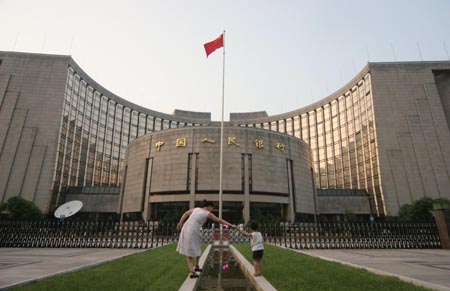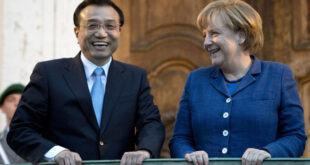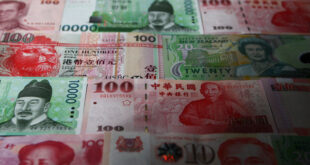China’s central government wrapped up the National Financial Work Conference which is held every five years. Not surprisingly, no significant reforms were announced as politicians are reluctant to push major reforms in the face of an uncertain global outlook and a domestic leadership change. Though the conference is meant for strategic long-term planning, the conference memo (based on Premier Wen’s speech) only has relevant points for monetary policy-making in 2012. Surely the memo says to maintain prudent monetary policy and to be more flexible, but what interested us most is this: The Chinese government is making contingent plans to deal with possible financial and economic risks (both domestic and external) in 2012. On credit policy, the long-term thinking is to ensure providing credit for the real economy; for the short term the government will ensure credit for nation’s important projects under construction, social housing, SMEs and tech improvement. The PBoC later had its own conference and released a memo with similar contents.
Over the weekend the PBoC released very encouraging money and credit data in December, and the market today could respond to them positively. New loans rose to RMB640.5bn from RMB562.2bn in Nov, exceeding market expectation at RMB575bn. Note usually Dec is a low season for new loans, so this RMB640.5bn reading is actually fairly strong. YoY growth of outstanding loans rebounded to 15.8% in Dec from 15.6% in Nov. Money growth all moved up in Dec: M0, M1 and M2 growth rose to 13.8%, 7.9% and 13.6% YoY respectively from 12.0%, 7.7% and 12.7% respectively. Deposit increased by RMB1.43tn in Dec, up from RMB983bn in Dec 2010. As a result, deposit growth rebounded to 13.5% in Dec from 13.1% in Nov.
We think that the strong new loan reading in Dec reflects that credit supply has significantly improved since policy fine-tuning started in mid-Oct, and that loan demand still stayed resilient despite market concerns of a cooling economy. The strong deposit growth in Dec also helped strengthen banks’ lending ability, especially for small banks. The RMB1.23tn fiscal deposit released from the PBoC to commercial banks could be real driver behind the rebound in money growth, and it’s also possible that FX purchase position in Dec improved from the previous two months. We also note that Dec readings might be partially distorted upwards by the different timing of the Chinese New Year (CNY).
The market is surely concerned about probability of an RRR cut before the CNY holiday (23rd Jan). The PBoC announced on 6 Jan to suspend bill auctions and to conduct reverse repo before the CNY. Together with the jump in deposits, it may cool market expectation of a RRR cut before the CNY on the margin. However, we still think there is some chance for the PBoC to curt RRR before the CNY holiday, and even if the PBoC decides not to cut RRR before the CNY, it will likely make the move in Feb.
 Asia Finance News Asia finance news, banking, market analysis, business, Forex, trade, Cryptocurrency as it is happening in Asia. Trusted gateway for Asian financial news.
Asia Finance News Asia finance news, banking, market analysis, business, Forex, trade, Cryptocurrency as it is happening in Asia. Trusted gateway for Asian financial news.





